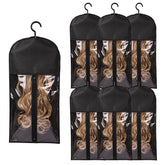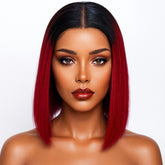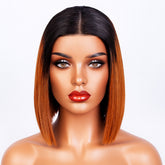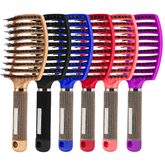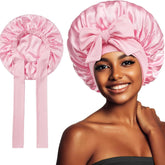Is Your Itchy Scalp Linked to Weather or Where You Live?
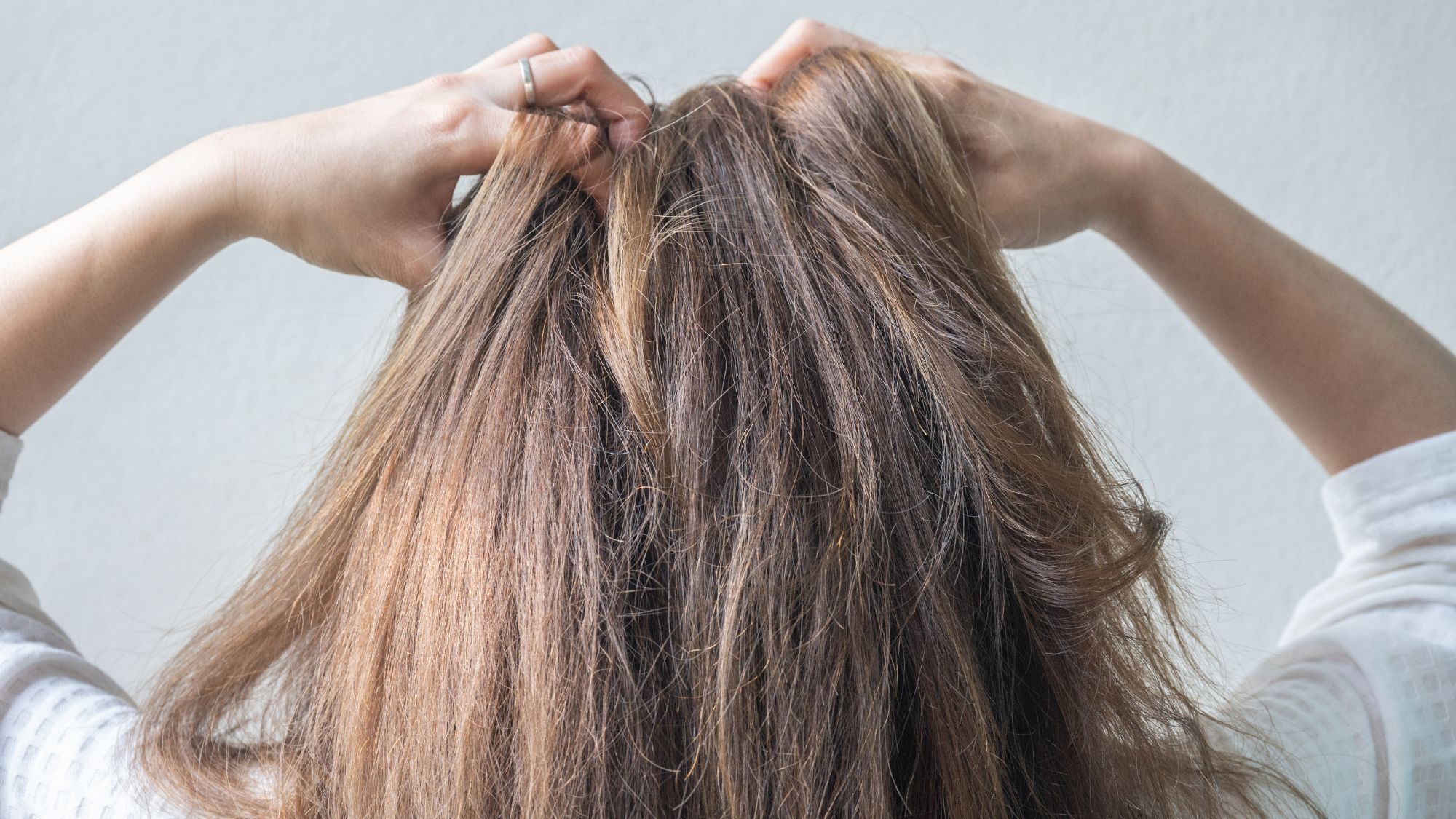
An itchy scalp is one of the most common hair complaints, but it’s not always down to shampoo alone. Environmental factors — from humidity and temperature to pollution and hard water — can all influence scalp health. This guide explains how where you live and the season you’re in can trigger irritation, and offers a practical toolkit of routines and treatments to soothe an itchy scalp.
How climate and location affect your scalp
Your scalp is skin, and like the rest of your skin it responds to local conditions. In colder, drier climates the lack of humidity can strip moisture from the skin and hair, leaving the scalp tight, flaky and itchy. Conversely, warm, humid environments can increase oil production and encourage the growth of yeasts such as Malassezia, which are associated with dandruff and seborrhoeic dermatitis.
Other location-based factors to consider:
- Hard water: High mineral content (calcium, magnesium) can leave a residue on the scalp, dull hair and exacerbate dryness or irritation.
- Air pollution: Particulates and soot can clog pores and provoke inflammation on sensitive scalps.
- Seasonal allergens: Pollen and mould spores may settle on hair and scalp, triggering itchiness for allergy-prone people.
Common scalp conditions linked to environment
Itchy scalps can stem from simple dryness to inflammatory skin conditions. Typical culprits include:
- Dry scalp — often seasonal, characterised by small, dry flakes and tightness.
- Dandruff — flakiness with more oily flakes; commonly linked to yeast overgrowth worsened by humidity.
- Contact dermatitis — a reaction to ingredients in products or local irritants like hard water.
- Seborrhoeic dermatitis and psoriasis — chronic conditions that can flare with weather changes or stress; they may require professional treatment.
Recognising the pattern helps: if itching worsens in winter, dehydration is likely; if it flares in humid months, oil and yeast imbalance could be the issue.
Your practical scalp-care toolkit
There’s no one-size-fits-all cure, but a considered routine can make a big difference. Below are key steps and product types to try, tailored to environmental triggers.
- Adjust your washing frequency: In humid climates, more frequent washing with a gentle, balancing shampoo can control oil and yeast. In dry climates, reduce washing and use a hydrating, sulphate-free cleanser to retain natural moisture.
- Use targeted shampoos: Rotate a clarifying or anti-dandruff shampoo (containing zinc pyrithione, selenium sulphide, or ketoconazole as advised) with a gentle hydrating formula to manage flares without over-stripping.
- Treat hard water: If you live in a hard-water area, install a shower filter or use a chelating clarifying wash once a week to remove mineral buildup.
- Scalp moisturisers and oils: Lightweight serums or scalp oils with ingredients like squalane or glycerin can soothe dryness; use sparingly on oily scalps.
- Protect from pollution: Rinse hair after long exposure to polluted air and gently cleanse with a shampoo containing mild surfactants to remove particulates.
- Soothing routines: Scalp massages with gentle pressure improve circulation and help product absorption; aim for two to three minutes during washing.
Simple steps you can adopt today:
- Switch to a hydrating shampoo in winter and a balancing formula in summer.
- Introduce a weekly clarifying wash if you notice product or mineral build-up.
- Pat your scalp dry rather than rubbing; avoid very hot water which can aggravate inflammation.
When to seek professional help
Persistent itching, widespread flaking, bleeding, or painful lesions deserve a medical opinion. A GP or dermatologist can distinguish between dermatitis, fungal causes or psoriasis and prescribe medicated shampoos, topical corticosteroids or other treatments. If you suspect an allergic reaction to a product, stop using it and consult a clinician or trained trichologist for testing and guidance.
Explore More: Discover related reads from Hairporium — News • Guides • DIYs • Expert Articles.
Learn More: Explore detailed haircare routines and styling tips at Hairporium Guides.
Takeaway
Where you live and the prevailing weather can directly affect scalp comfort. Identifying patterns — dry winter itch versus humid-season flares — helps you choose the right cleansing, conditioning and targeted treatments. Small routine changes, protection from local pollutants and professional advice when needed will keep your scalp calm and your hair at its best.

